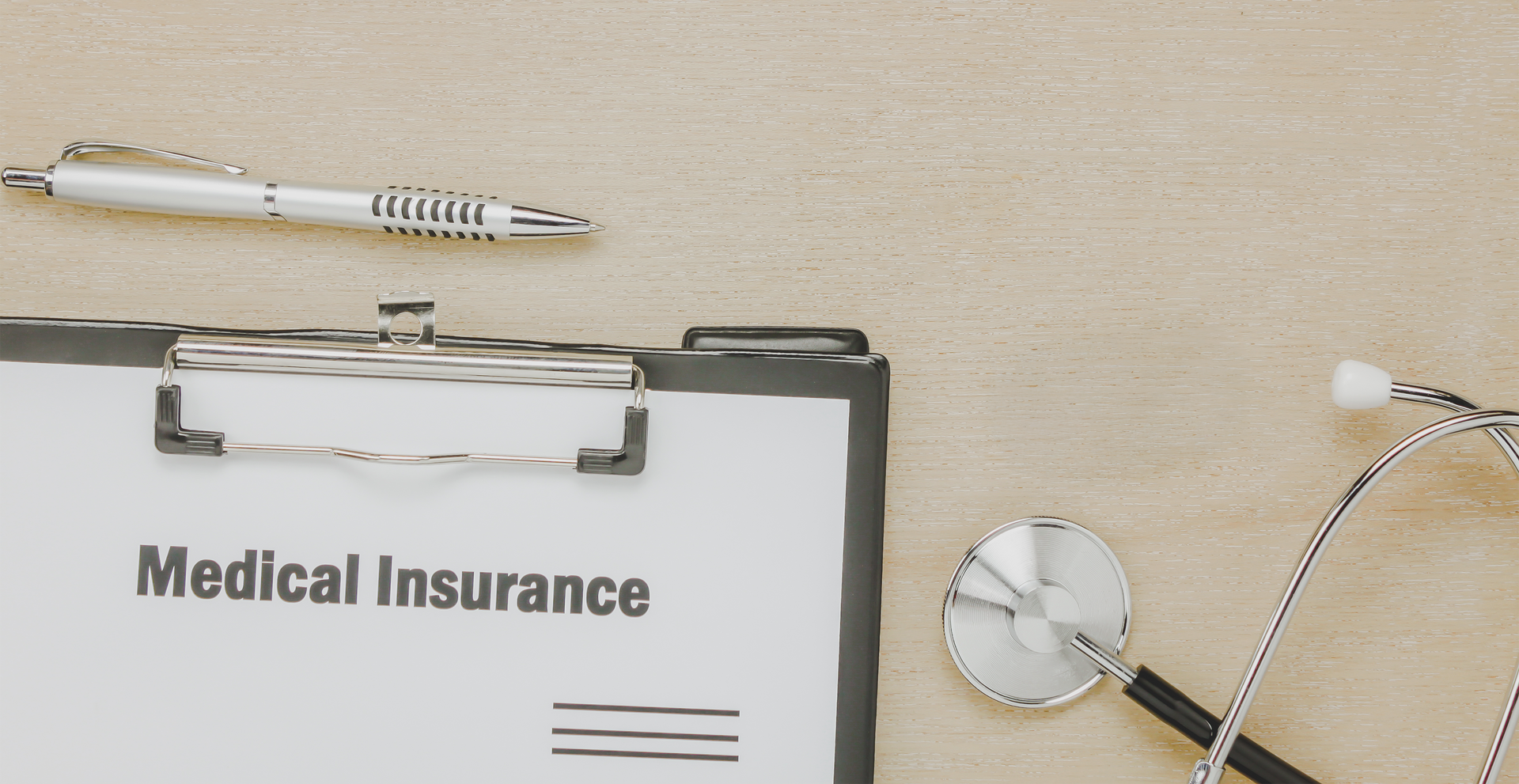Exercises That Can Help Ease PTSD Symptoms | Get Help Today

The Albany Clinic • June 20, 2024
Exercising is one of the most effective ways to improve overall health and well-being. But did you know that it can also help ease symptoms of PTSD (post-traumatic stress disorder)? In light of national PTSD Awareness Day on June 27th, we wanted to share information about how exercise can help with PTSD. Below, we’ll take a look at some of the exercises that can help manage post traumatic stress disorder symptoms.
In addition to physical exercise, art therapy can also be a valuable tool in managing PTSD symptoms by allowing individuals to express emotions and develop greater self-awareness through creative processes.
It is important to seek help from a mental health professional to prevent normal stress reactions from developing into PTSD and to get treatment as soon as possible to prevent symptoms from worsening.
Why Exercise is Important for PTSD
PTSD is a mental health condition that can develop after someone experiences or witnesses a traumatic event. Symptoms can include flashbacks, nightmares, anxiety, and depression. These symptoms can make it difficult for individuals to lead a normal life, and traditional treatments such as therapy, medication, and art therapy may not always be effective. Medication is often prescribed for PTSD and other mental health conditions like depression and insomnia.
Exercising has been shown to be a powerful tool for helping individuals with PTSD and negative thoughts. It can help reduce symptoms such as anxiety and depression, improve sleep, and increase overall well-being. Exercise can also be beneficial for other mental health conditions.
It also has a positive impact on the brain, as it increases the production of endorphins, also known as “feel-good” chemicals. These endorphins can help improve mood and reduce stress levels.
Types of Exercise That Can Help Ease PTSD Symptoms
Aerobic Exercise
Aerobic exercise such as running, cycling, or swimming can be particularly beneficial for individuals with PTSD. These types of exercise have been shown to increase blood flow to the brain, which can help improve overall cognitive function. They also help to reduce stress levels, as they promote the release of endorphins. Additionally, aerobic exercise can help manage the body's stress response by teaching it to control the fight or flight mode through repeated experiences.
Yoga
Yoga is another great form of exercise for individuals with PTSD. It can help improve flexibility and balance, as well as reduce stress and anxiety. The practice of yoga also involves deep breathing exercises, which can help to calm the mind and body. Additionally, yoga's focus on mindfulness can help individuals with PTSD to better cope with their symptoms.
Strength Training
Strength training can also be beneficial for individuals with PTSD. Building muscle can help to improve overall physical health and increase self-esteem. It can also help to reduce stress levels and improve mood. PTSD can leave you feeling vulnerable and out of control where strength training allows you to progressively challenge your body and experience a sense of mastery. As you build muscle and strength, you gain confidence in your physical capabilities, which can translate to a stronger mental resilience.
Outdoor Activities
Outdoor activities such as hiking, rock climbing, and kayaking can be especially beneficial for individuals with PTSD. They provide an opportunity to connect with nature, which can be very grounding and calming. Additionally, these activities often require focus and concentration, which can help to take the mind off of traumatic memories. Engaging in outdoor activities can also help manage emotional responses related to traumatic events, providing a healthy outlet for stress and anxiety.
Mind-Body Exercises to Manage Negative or Challenging Emotions
Mind-body exercises such as tai chi, Qigong, and meditation can be particularly effective for individuals with PTSD. They involve deep breathing, slow movements, and focus on the present moment, which can help to reduce stress levels and allow you to feel more in control of your emotions.
Progressive Muscle Relaxation (PMR)
PMR is a relaxation technique aimed at reducing tension by progressively tensing and releasing different muscle groups throughout the body. This type of exercise can be very helpful for reducing physical symptoms such as tension, anxiety, and stress in PTSD patients.
Here's how PMR can be particularly helpful for individuals with PTSD:
- Breaking the Cycle of Tension: PTSD can cause chronic muscle tension, which can worsen anxiety and hypervigilance. PMR teaches you to become aware of this tension and actively release it. By consciously relaxing your muscles, you interrupt the cycle of tension and anxiety, promoting a calmer physical state.
- Building a Calming Anchor: PMR exercises are a portable tool you can use anywhere, anytime. When you feel a PTSD symptom arise, you can perform a short PMR routine to quickly reduce physical tension and bring your body back to a relaxed state. This creates a sense of control and empowers you to manage your responses to triggers.
- Improved Sleep Quality: Muscle tension can significantly disrupt sleep, a common struggle with PTSD. PMR practiced before bed can help release tension and prepare your body for deeper, more restorative sleep. Improved sleep quality, in turn, can boost your overall mood and resilience.
- Mind-Body Connection: PMR exercises train you to focus on your body's sensations. This mindfulness practice can be particularly helpful for people with PTSD who may be disconnected from their bodies due to trauma. By focusing on the physical experience of relaxation, you can learn to regulate your emotional state more effectively.
- Building a Foundation for Healing: PMR is a foundational skill that can be used alongside other treatment modalities for PTSD, such as therapy and medication. By managing physical symptoms, PMR creates a calmer baseline that allows you to engage more effectively in therapy and experience a greater sense of well-being.
The Bottom Line, It's About Your Mental Health
Exercising can be a powerful tool for coping with PTSD symptoms and supporting your healing process. It can help reduce anxiety and depression, improve sleep, and increase overall well-being. Additionally, it can help to boost self-esteem and build emotional and psychological resilience.
Prolonged exposure therapy is another effective treatment for PTSD, addressing avoidance behaviors and managing emotional responses related to traumatic events and experiences.
In addition to exercise, art therapy can also support the healing process by providing a creative means to explore and express emotions related to traumatic experiences. You should also explore grounding techniques as part of your daily life.
With patience and commitment to consistency, you can reap the many physical and mental health benefits of exercise. The trick is to find an exercise routine that you enjoy so that you will be motivated to stick with it in the wrong run.
It’s essential to note that while exercise can be an effective tool for managing PTSD, it’s not a replacement for traditional treatments such as therapy and medication. It is a supportive therapy to help achieve better treatment outcomes and improve overall quality of life.
35 Albany Rd. Suite A Carbondale, IL 62903
Phone: (888) 804-4330







